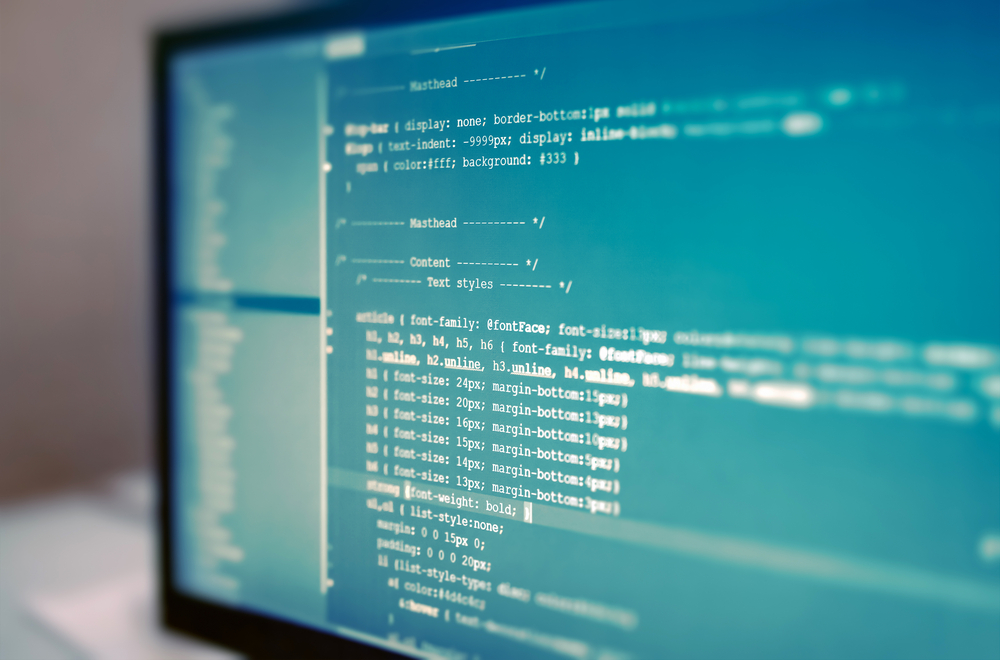There has been a lot of talk about SegWit over the past few months, and what makes this solution so appealing to fix the Bitcoin block size debate. Although not everyone is for Segregated Witness just yet, there are some intriguing prospects regarding this solution that make it kind of interesting.
SegWit In A Nutshell

Depending on whom you pose the question to, Segregated Witness is an elegant or horrible solution to fixing the Bitcoin block size debate. Then again, never judge a book by its cover – or a feature by its name – as segwit has some merits that need to be taken into account. First of all, this solution is a soft fork, rather than a hard fork, to address the scalability issue.
To put this in terms everyone can understand, sort forks require code changes that will not affect the core Bitcoin protocol. Hard forks, while having the option to be deployed in a shorter time span, can put the entire Bitcoin protocol at risk if they are not executed correctly. Unfortunately, this means Segregated Witness is a slightly delayed approach to solving the block size, which caused a bit of friction among Bitcoin community members. Then again, a soft fork only requires the majority of the Bitcoin network users to upgrade the client, whereas a hard fork requires everyone to update as soon as possible.
But there is more to this solution than just that, as it would allow the signature field of Bitcoin transactions to become separate from the transfer itself. In fact, the transaction signature would be put into a Merkle tree in the coinbase component of the transaction. As a result, transactions appear smaller in size, allowing for more of them to be included in a block on the network, regardless of block size.
Moreover, SegWit would allow for smoother further improvements to the scalability issue. Transaction malleability will be removed from the equation as well, a matter that has been plaguing Bitcoin for quite some time now. Resigning transactions to change the transfer ID would become impossible. This provides additional security for Bitcoin transfers.
With the recent Bitcoin Core client release, the foundation has been laid for starting the deployment of Segregated Witness. However, it will not be until 0.12.2 is released before the activation process will start taking place. By this time, everyone who supports Bitcoin Core will be advised to upgrade as soon as possible. A total of 95% of all of the network hashpower has to switch to the new Bitcoin Core client – for at least two weeks – before the activation of Segregated Witness can be deemed a success.
But that is not the final step either, as there is no point in deploying Segregated Witness until all Bitcoin wallet solutions offer these new types of transactions. How long this process will take is impossible to estimate at this time, although some wallet providers will do so a bit faster than others. Only time will tell how long this process will take.
If you liked this article follow us on Twitter @themerklenews and make sure to subscribe to our newsletter to receive the latest bitcoin and altcoin price analysis and the latest cryptocurrency news.

